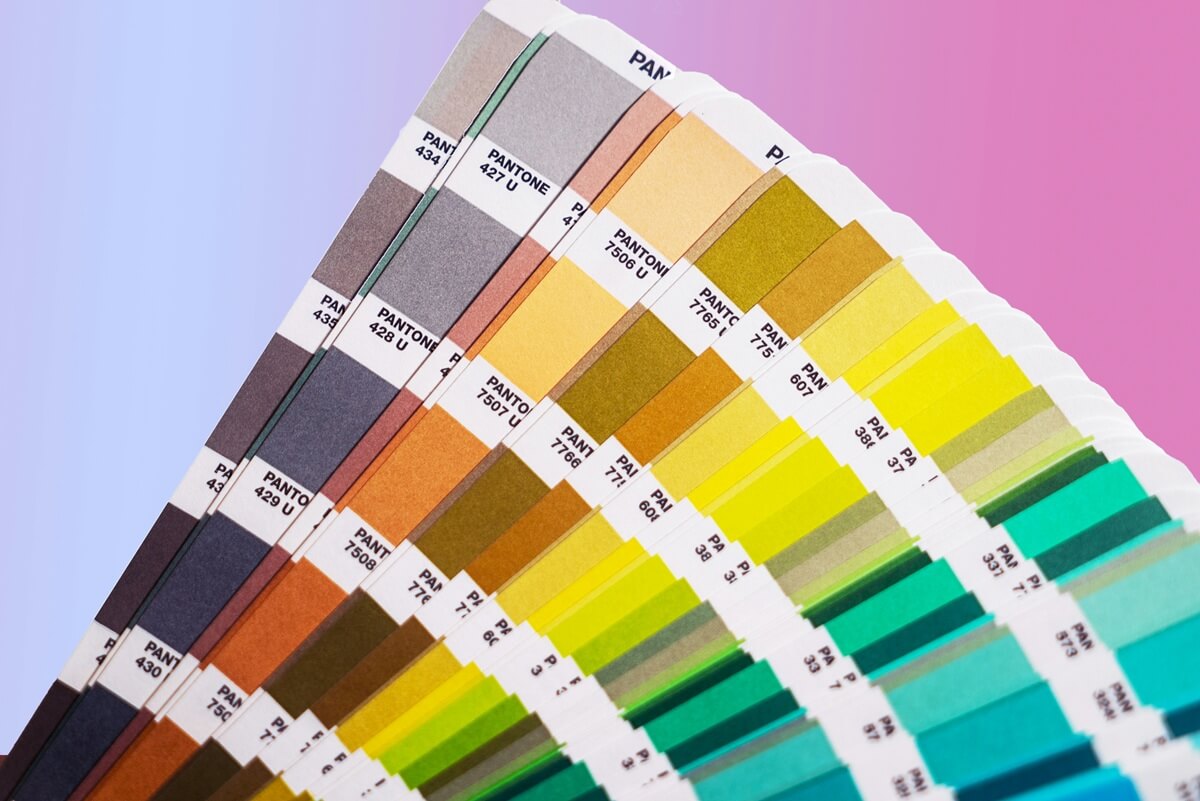
If you and I look at the same blue sky, we might not see it the same way—not because our eyes are different, but because our languages are.
Language doesn’t just label the world; it organizes how we perceive it. Nowhere is this more fascinating than with color.
The Science Behind It
Research in linguistic relativity, commonly known as the Sapir–Whorf hypothesis, shows that the color terms you have can influence how you perceive, remember, and even categorize colors.
Language-by-Language Examples
Russian
Russian speakers have two basic color terms for what English calls “blue”: goluboy (light blue) and siniy (dark blue). Tests show they can spot differences between these shades more quickly than English speakers, suggesting their minds draw a stronger boundary between them in the color spectrum.
Himba (Namibia)
The Himba language has no word for “blue” but multiple words for different greens. Speakers can easily distinguish greens that English speakers lump together, but often struggle to tell blue and green apart when they lack separate terms for each.
Japanese
Traditionally, ao (青) referred to both blue and green. Modern Japanese uses midori (緑) for green, but traces of the old system remain—such as calling green traffic lights ao shingō (青信号).
Korean
Korean distinguishes between pureu-da (blue) and cheongsaek (a bluer green). The word cheong is also used metaphorically for youth and freshness, showing how color categories are deeply connected to cultural meaning.
Greek
Ancient Greek had the word glaukos, which could mean blue, gray, or even green, depending on context. This lack of specificity suggests that ancient color perception did not align with our modern distinctions.
Welsh
Welsh uses glas to describe both blue and some greens, especially in the natural world (trees, grass). This reflects how pre-industrial societies often grouped colors according to natural contexts rather than strict visual boundaries.
How Language Rewires Perception
When your brain processes a color word, it taps into mental categories built over years of language use. If your language draws a clear boundary between two hues, your mind treats that boundary as important. If it lumps them into one category, the difference feels less significant.
It’s not that you can’t perceive a color without knowing its name—you can—but without a word for it, your brain is less likely to highlight it.
The Everyday Impact
This isn’t just trivia—it affects design, fashion, marketing, and art. If you’re naming a paint color for an international audience or designing a product for a culture with different color boundaries, knowing how people talk about color can change how they feel about it.
Even at a personal level, learning new color terms can shift your perception. Once you know the Japanese word murasaki for a certain purple, or the English word verdigris for a blue-green patina, you start noticing these colors everywhere.
So, Does Language Alter the Sky?
The sky itself doesn’t change—but your mind does. Language shapes how you divide the spectrum, like putting on glasses tinted by words.
Next time you watch a sunset, notice the words you’re using—and the ones you’re not. You may find yourself seeing new colors right in front of your eyes.



